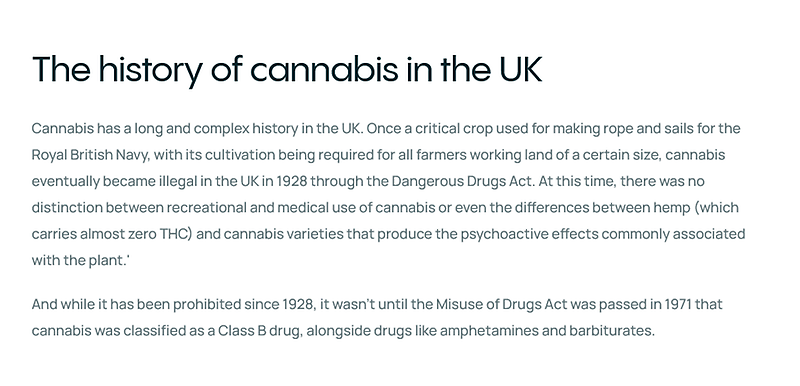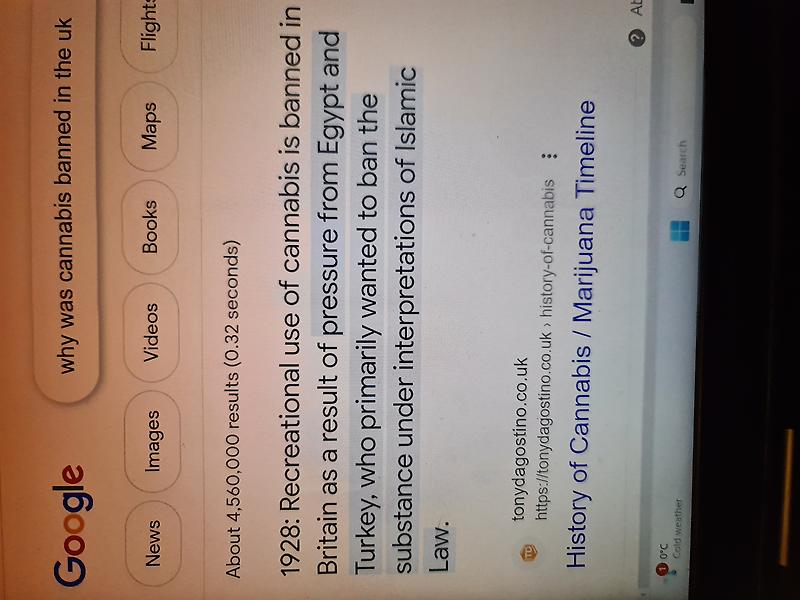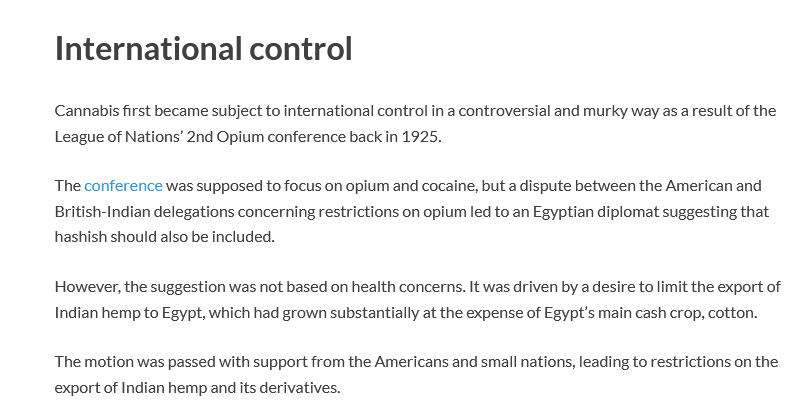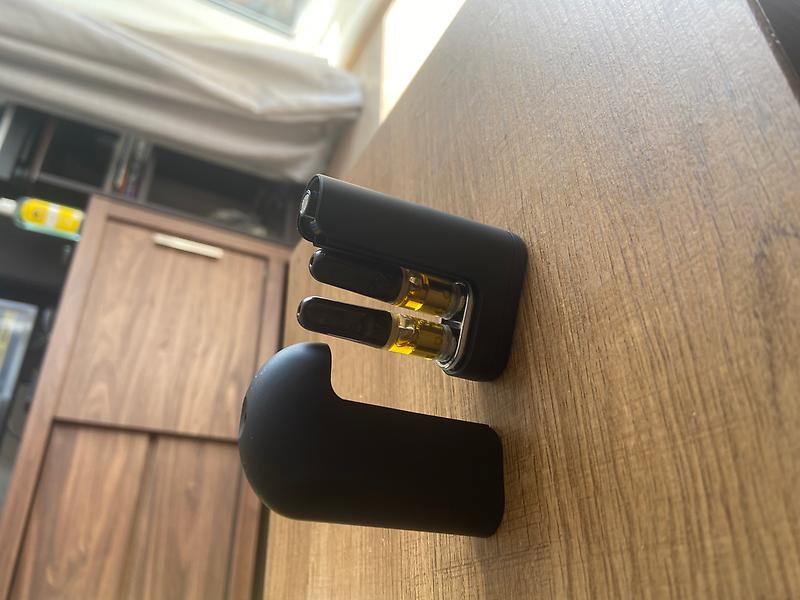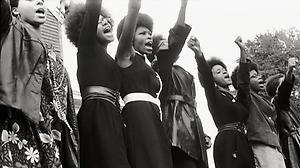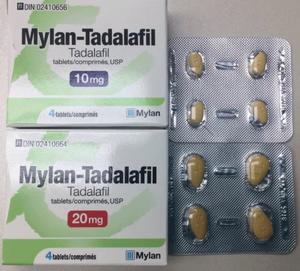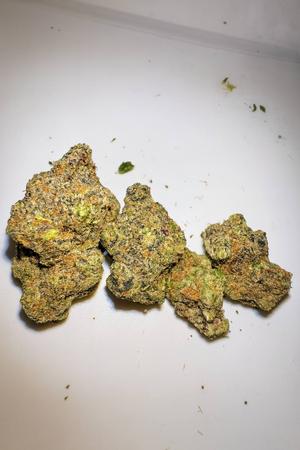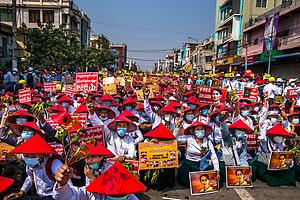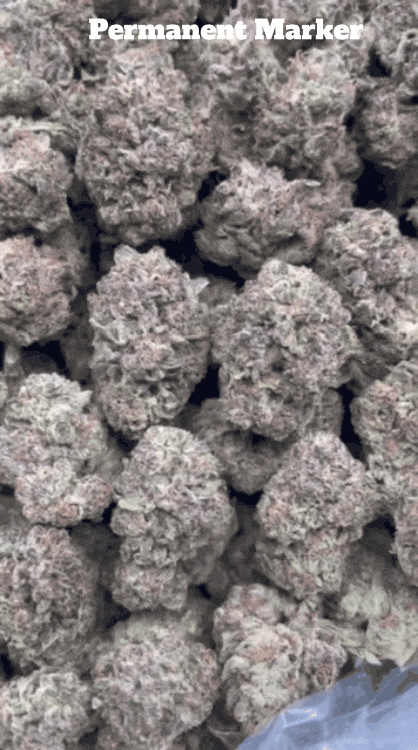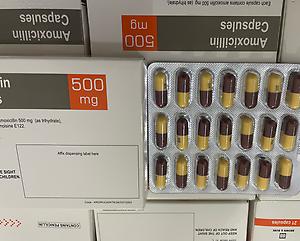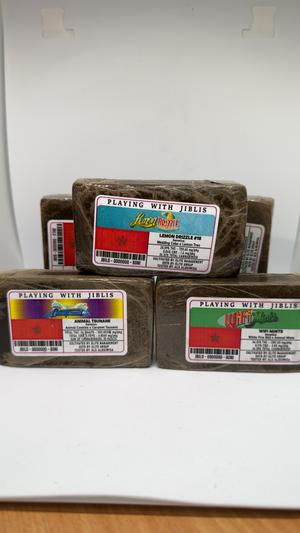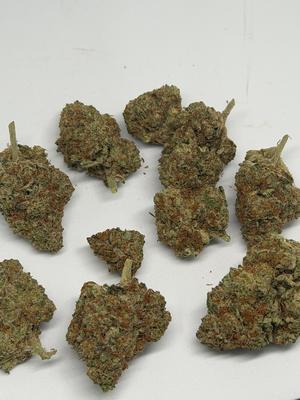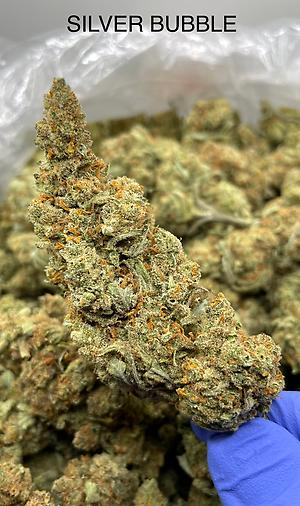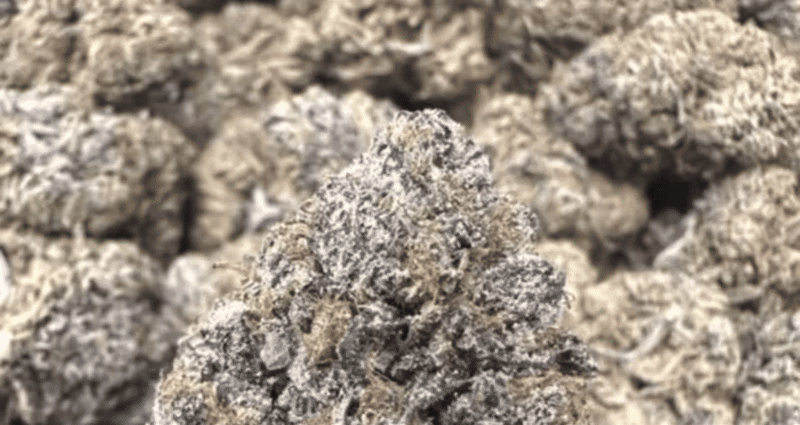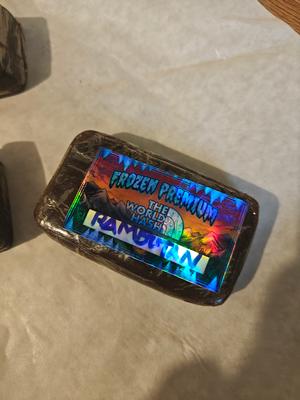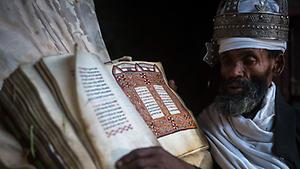Cannabis in the 1925 Convention
Egypt, with support from Italy and South Africa, recommended that measures of control be extended beyond opium and cocaine derivatives, to hashish. A sub-committee was created, and proposed the following text:
The use of Indian hemp and the preparations derived therefrom may only be authorized for medical and scientific purposes. The raw resin (charas), however, which is extracted from the female tops of the cannabis sativa L, together with the various preparations (hashish, chira, esrar, diamba, etc.) of which it forms the basis, not being at present utilized for medical purposes and only being susceptible of utilisation for harmful purposes, in the same manner as other narcotics, may not be produced, sold, traded in, etc., under any circumstances whatsoever.
India and other countries objected to this language, citing social and religious customs and the prevalence of wild-growing cannabis plants that would make it difficult to enforce. A compromise[12] was made that banned exportation of Indian hemp to countries that have prohibited its use, and requiring importing countries to issue certificates approving the importation and stating that the shipment was required "exclusively for medical or scientific purposes." It also required Parties to "exercise an effective control of such a nature as to prevent the illicit international traffic in Indian hemp and especially in the resin." ****These restrictions still left considerable leeway for countries to allow production, internal trade, and use of cannabis for recreational purposes. ****












































